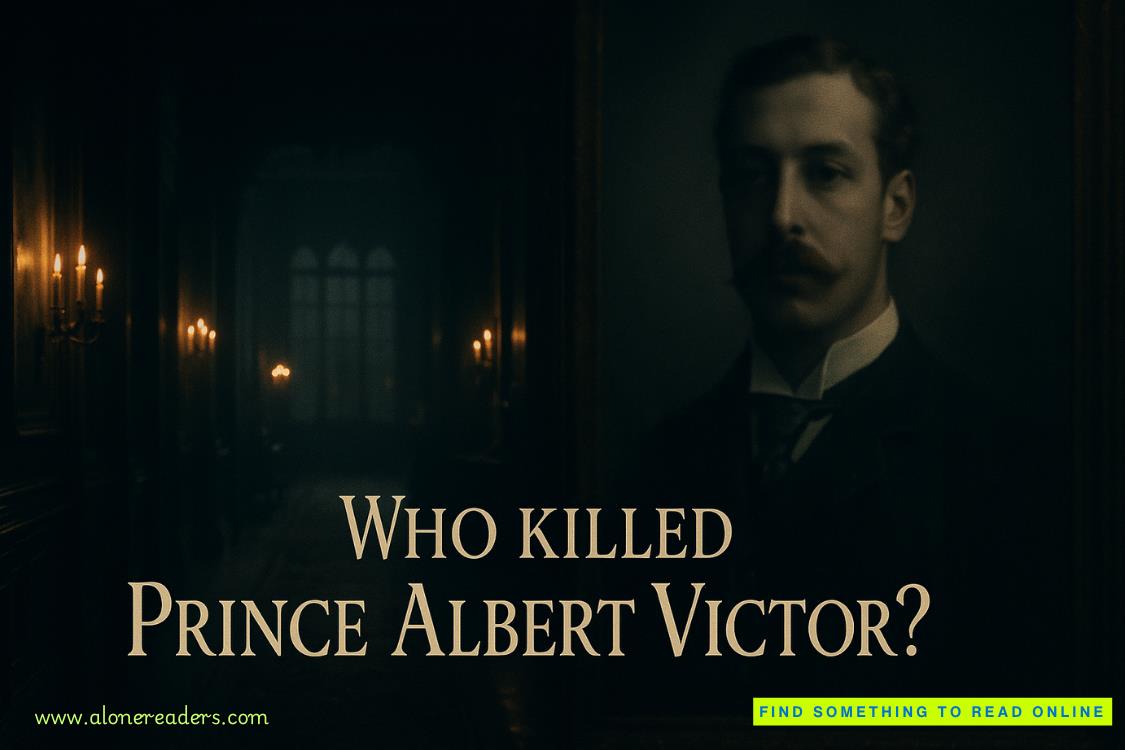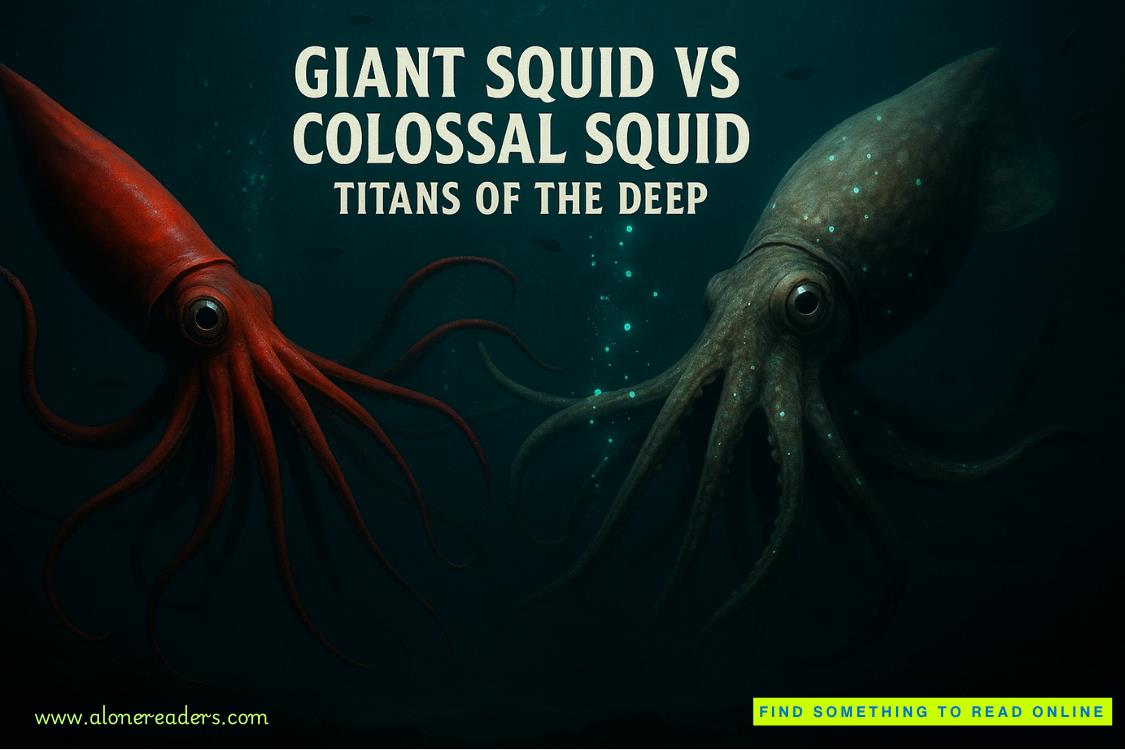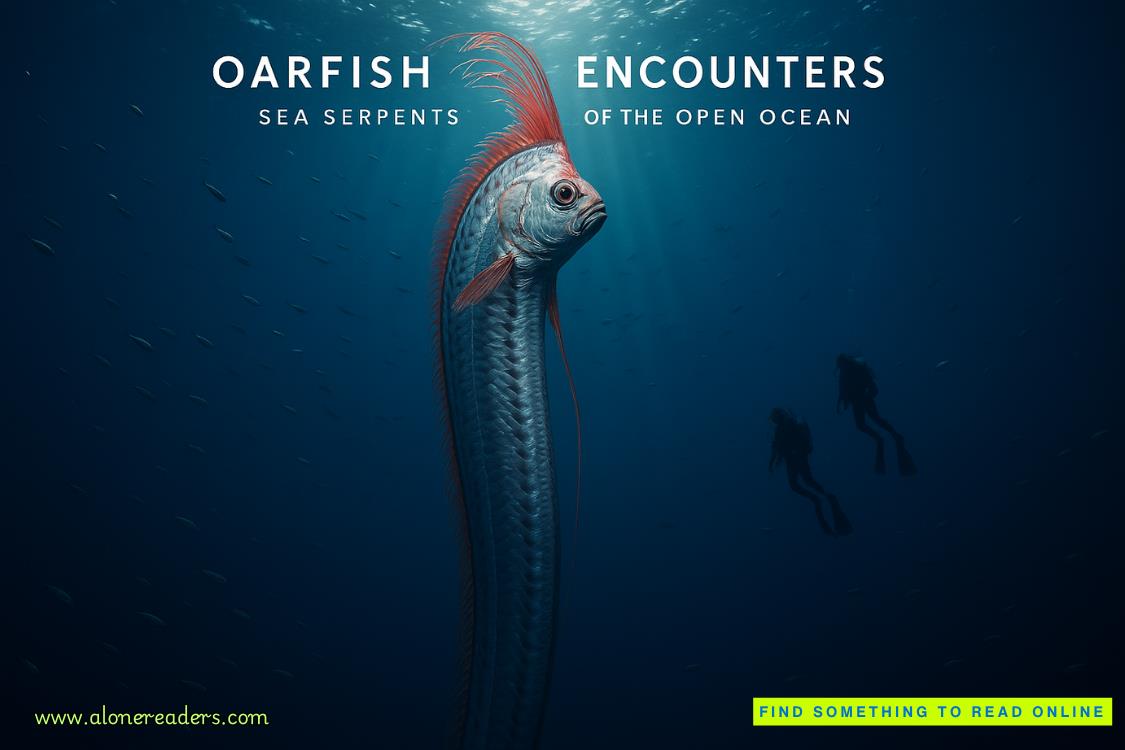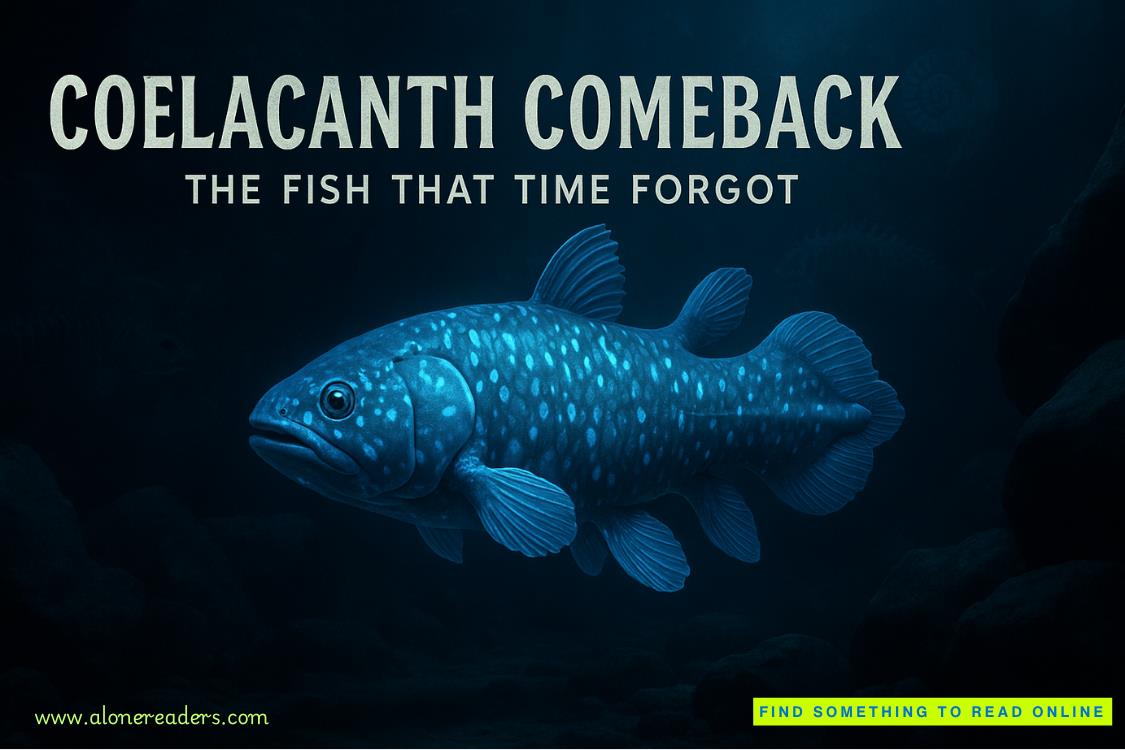Page 30 of Spearcrest Prince
Then they made it sound as if it was Noël’s fault. If Noël hadn’t betrayed the family and left, he could have taken any of the beautiful girls of the French aristocratic elite for a fiancée, and I would have been free to pursue my art and choose who I wanted.
Their attempt at turning me against Noël didn’t just fail, though. It backfired.
I sigh. “I’m actually a very sweet person. You know there’s a very common Japanese dish calledunadon?”
He raises one hand and shakes it at me. “I don’t want to hear about it.”
“It’s basically rice and grilled fillets of—”
His hand lands on my face, covering my mouth. His skin is surprisingly soft, and the metal of his rings is warm against my lips. He throws me a dangerous glance. “Just. Stop.”
Although it would be funny to lick or bite his hand, my head is suddenly filled with memories I’ve been doing my best to avoid. Memories of my first time meeting him—memories that heavily feature his hands and the things he did with them.
I push him away.
“Alright. I’ll stop.”
We’re both silent for a moment—I’m sure Séverin is busy gathering himself after the ordeal I’ve put him through with the mental images I’ve forced upon him. I’m doing the same, quickly banishing memories that have no business being in my head.
“What are you afraid of, then?” he asks. “I told you my fear. It’s only right you tell me yours.”
As if I would ever tell him my fears. I don’t even want to think of my fears—they all revolve around losing my brother. I pretend to think, tapping a finger on my chin.
“Hmm… I would have to say… the fear of fear itself.”
Thesunhasjustappeared over the horizon, a blurry orb of milky light, when we get on the motorway. Above us, the sky is the deep, angry grey of storm clouds, dark but rainless. Séverin drives in silence, one hand on the steering wheel, the other resting casually on the console between us. From the corner of my eyes, I notice that he keeps twirling the rings around his fingers. Maybe he’s not as relaxed and careless as his slumped posture would seem to indicate.
I glance away, turning my attention back to my sketchbook, tracing mindless doodles across the pages. Patterns of leaves and vines spread across the page, fuzzy where I’ve rubbed shadows into them with the pad of my middle finger.
“Why is there so much paint on your clothes?”
Séverin’s voice is barely louder than the music quietly playing from his car stereo. When I look up, his eyes are firmly fixed on the road. There’s a slight frown on his face, as if the matter of my paint-flecked clothes is of particular annoyance to him.
But his displeasure does nothing to mar the beauty of his silhouette. His profile is proud and princely. I grip my pencil, turning it in my fingers as I repress the urge to capture the graceful shape of his face in my sketchbook.
“Because painting is messy, and acrylic is particularly difficult to get out of clothes.”
“I didn’t know you painted,” he said. “Are you going to paint that portrait you drew of me?”
“Mymemento moriportrait?” I flip through my sketchbook and grin down at my sketch of him. “No. I don’t like painting people I know.”
It’s only half a lie. Séverin doesn’t need to know it’shimI don’t want to paint.
“Why not?” he asks, still frowning.
Because to paint a true portrait, you want your subject sitting with you. You need to observe them closely, the way their features are set, the bonework beneath the flesh. You have to observe the way their clothes fold around the shape of their bodies, the way the light hits and traverses their skin, the places where their blood flows and pools.
And more than that, you have to get a sense of them.
Their smiles, their expressions. The movement of their eyes and arms and hands, the way their chest rises and falls. The way their gaze softens or hardens, the way they tug on their lips with their teeth, the tiny subconscious tics they have. That might be the way they bite on the skin around their nails or the way they play with their hair or bounce their leg when they’re bored or restless.
When you’re painting a portrait, those are the things you want to notice. Those are the things you use to form the image of the person. Paintings aren’t photographs: they don’t just capture the surface level of what the person looks like at that very moment. Painting someone is like catching the essence of them, cupping it in your hands like a butterfly.
Holding it too tightly will crush it. Hold it too loosely, and it’ll fly away from your painting, leaving it empty.
“Because it’s harder to paint people you know,” I say.
If I sat and stared at Séverin for too long, I have the feeling I’d be the one captured, not him. Beautiful like a fairy prince, he’d cast a spell on me. The kind of spell that makes human maidens starve for the taste of fairy fruit and cut the ruby heart from their chests in exchange for a cruel fairy kiss.















